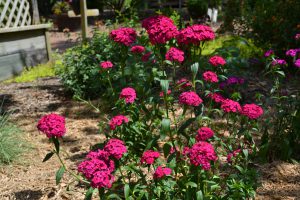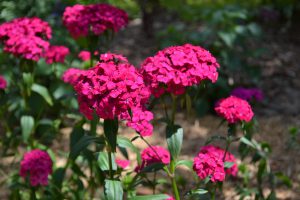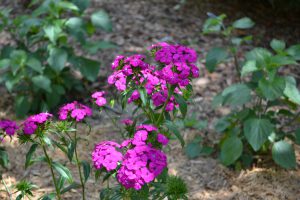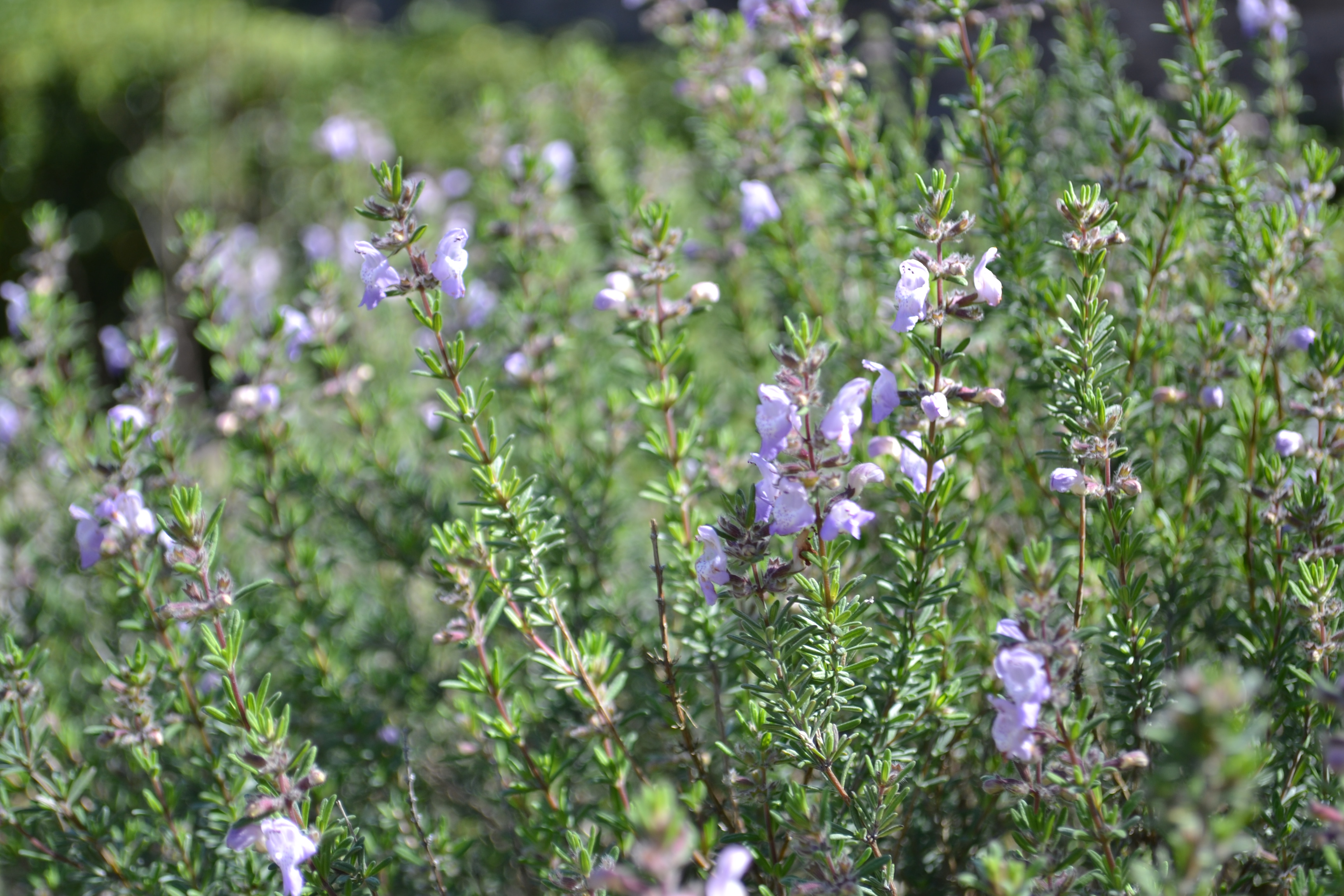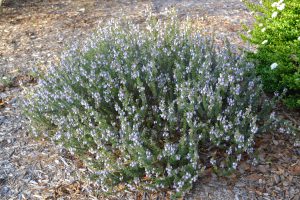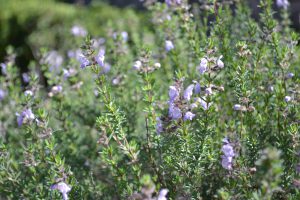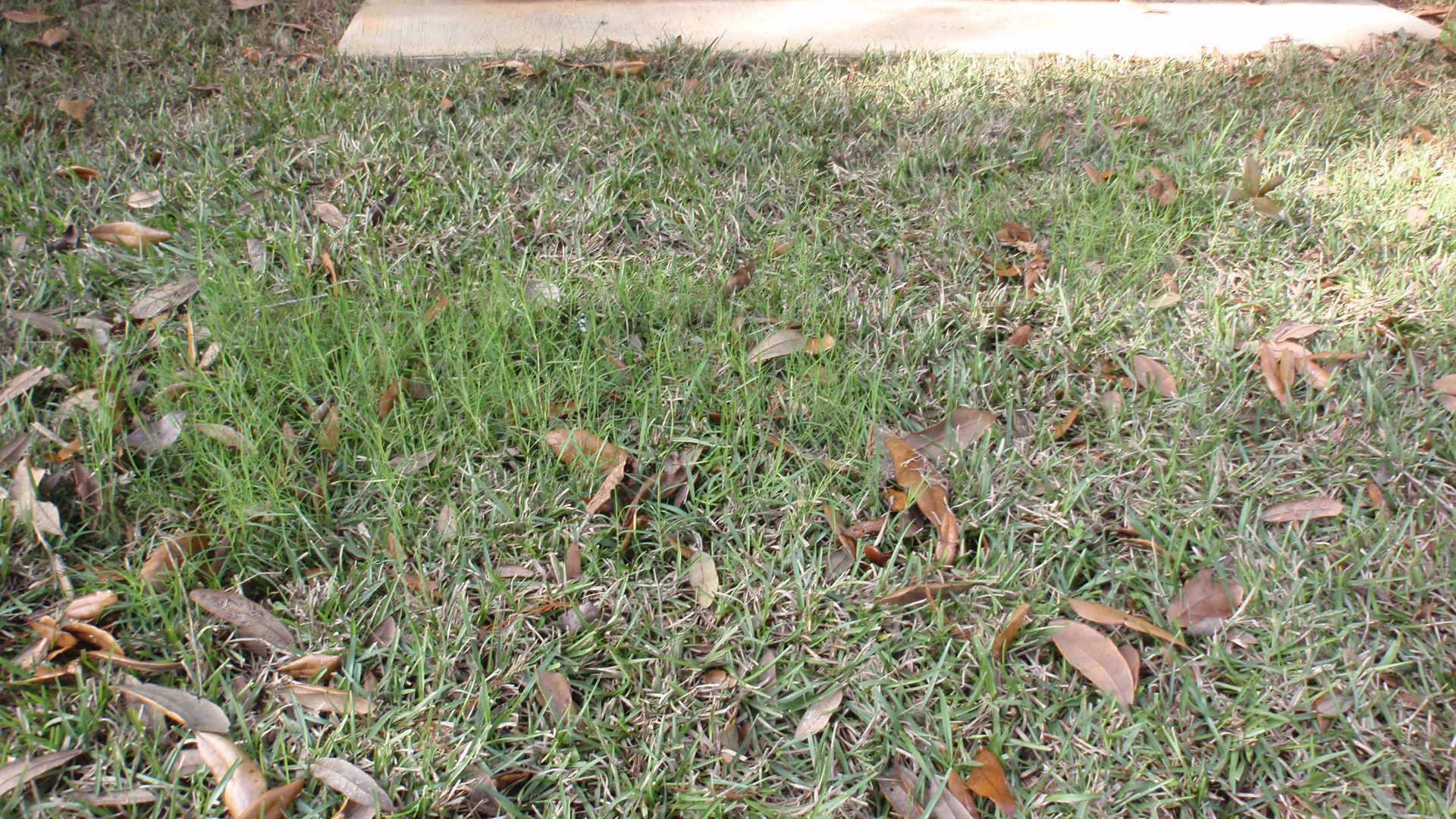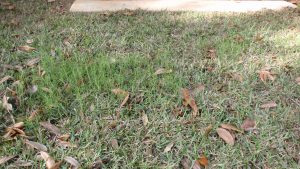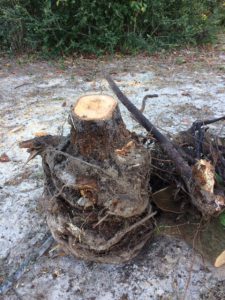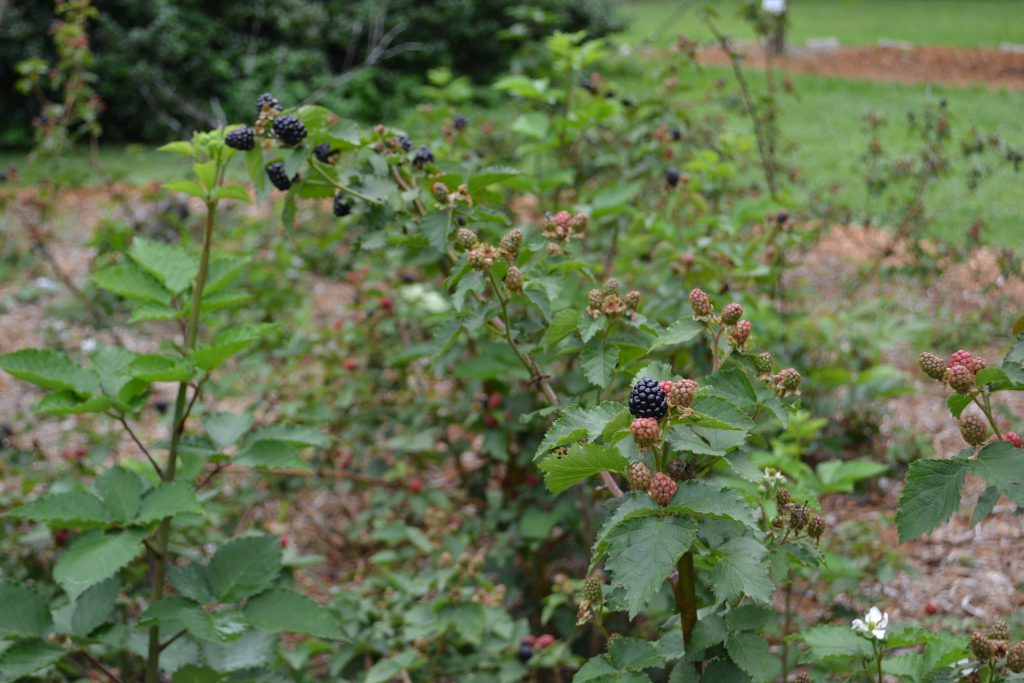
Arapaho blackberry has chill requirements that match those received in our area. Photo by Beth Bolles, UF IFAS Extension
Many of us are enjoying warmer temperatures this winter, but many deciduous fruit crops really need cold temperatures in order to break dormancy for the year. In areas that experience cold temperatures, plants have evolved the ability to survive by slowing growth and protecting sensitive tissues by going dormant. In order to break out of dormancy and begin growth again, plants experience an amount of chill hours (temps between 32 and 45 degrees F) that is suitable for specific areas. In our area, we normally range between 400 and 600 chills hours.
If we choose a fruit plant whose chill requirements match the amount of chill in our area, the plant will generally resume growth when it is safe for buds and tender tissues to develop. If we choose a plant with chill requirements higher than the amount our area receives, then the plant is not signaled to break dormancy and we end up with very sparse growth and no fruit.
So far in the winter of 2016-17, some areas have not received ‘normal’ amounts of chilling temperatures. Common fruit like apple, peach, some blueberries, and certain selections of blackberries may be affected by this by not breaking out of dormancy. This can impact your flower and fruit formation. For commercial growers, it can impact the amount of fruit available and even fruit prices at markets.
Since fruit trees are an investment of time and money, these are not plants that can be easily replanted to match chill hours with changing weather patterns. Perhaps planting fruit crops with a range of chill hours required might be beneficial Your future decisions to grow fruit trees may include crops that don’t rely as much on chill hours to be successful. For more information, please consult the Dooryard Fruit Varieties guide from UF / IFAS Extension.

